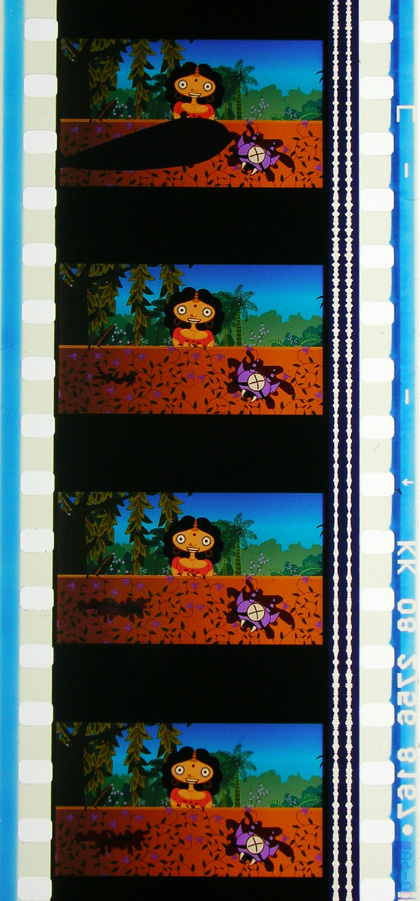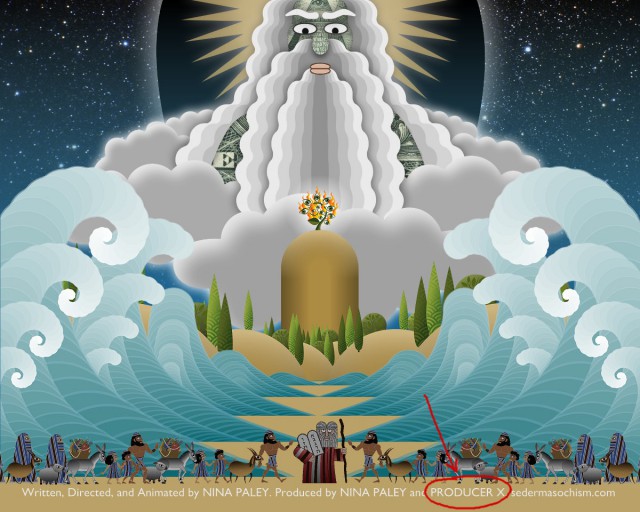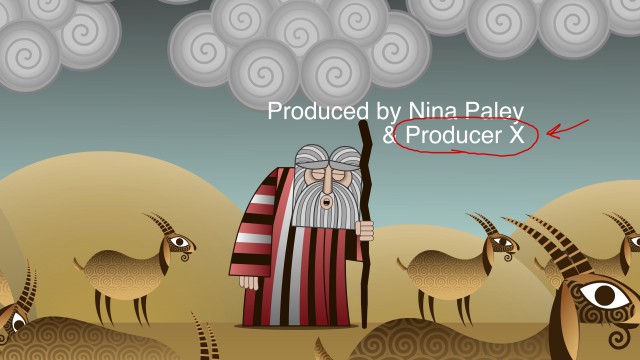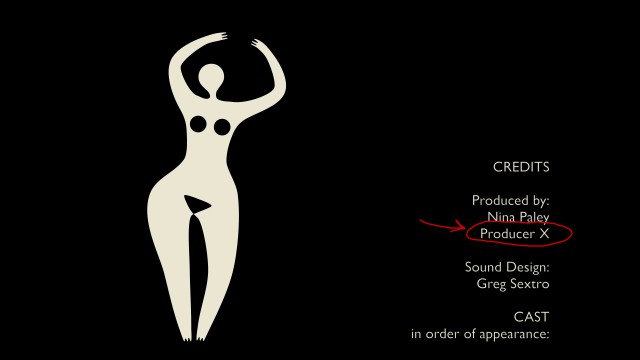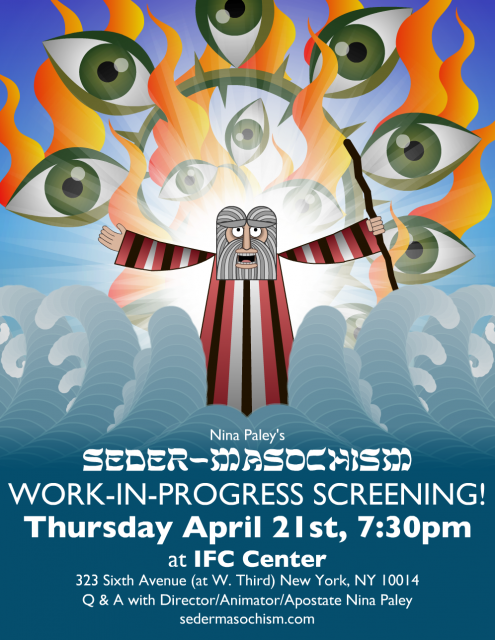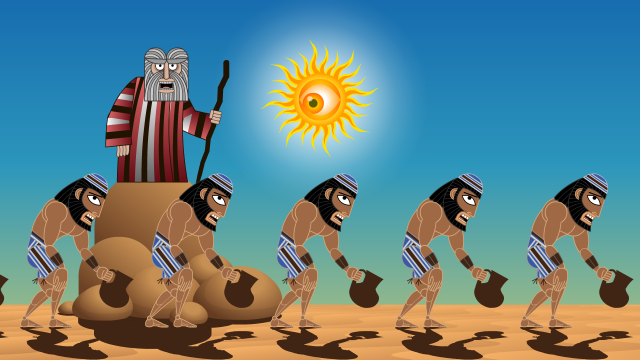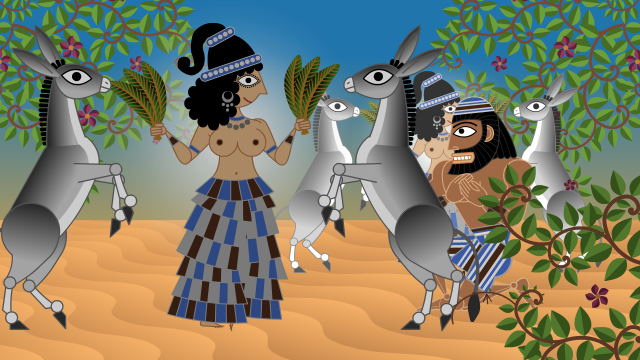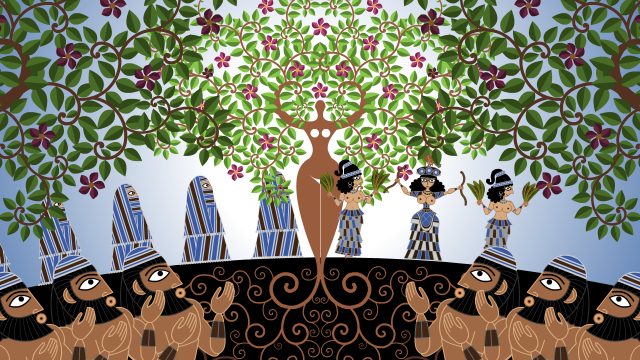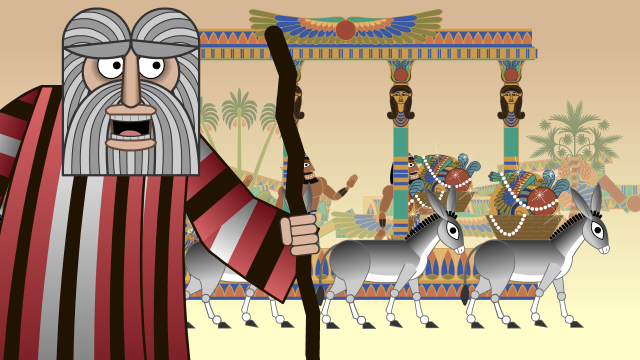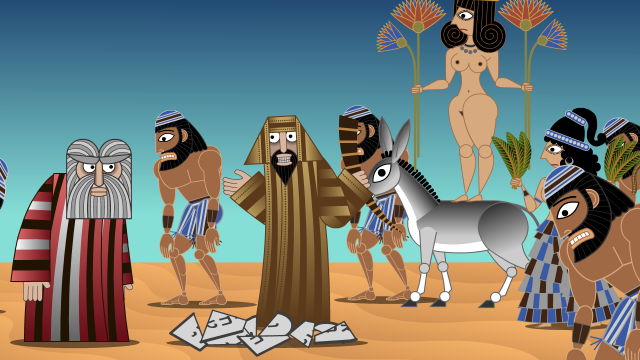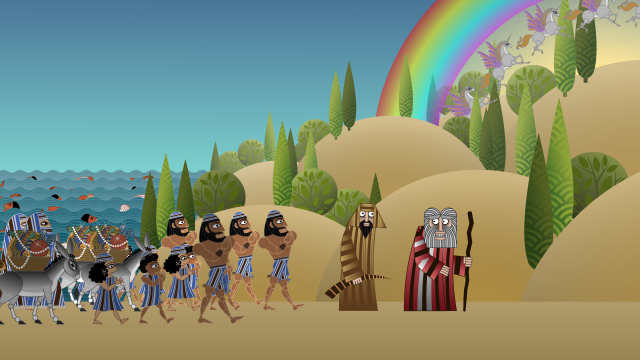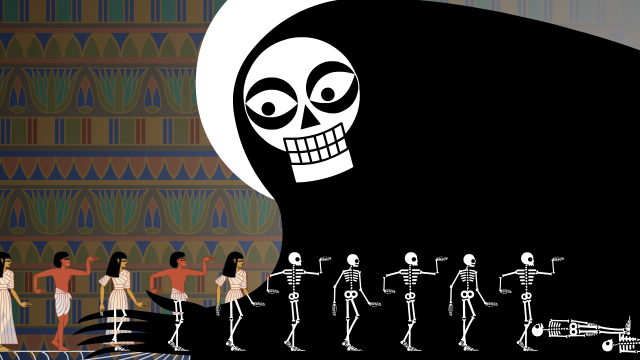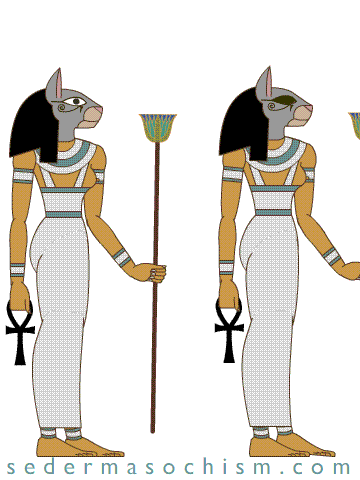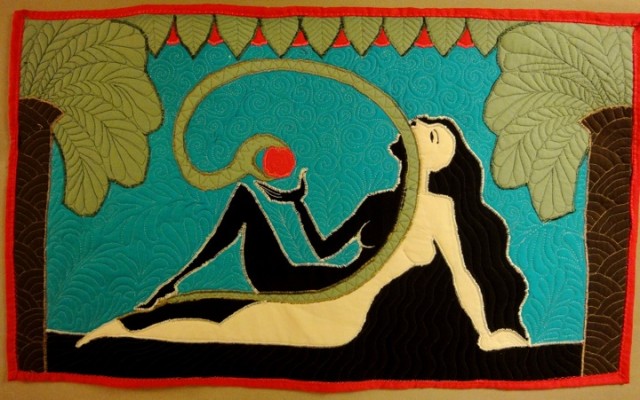10+ years ago, when I was preparing Sita Sings the Blues for film festivals, I had to make heavy, unwieldy, and expensive 35mm film prints. Thankfully I don’t have to do that any more. Instead, today’s cinemas use DCP (for Digital Cinema Package) hard drives. These take advantage of advances in digital technology, as fucked up by a film industry that can’t cope with advances in digital technology. Thanks to the insane and byzantine encoding protocols designed by Hollywood to thwart what computers are inherently best at – copying – making DCPs has long been shrouded in mystery and prohibitive costs.
Since I’m cheap and have practically no income these days, I didn’t want to use a DCP-making service (called a “lab,” as if). Instead, after begging around for favors, and doing much research online, I made them myself.

I used DCP-o-matic. It’s Free Software, created and maintained by Carl Hetherington, to whom I and many other small filmmakers owe a debt of gratitude. I can’t recommend it enough. Apparently many screening venues now use it themselves. I used it to make 2K and 4K DCP files, and English and French “version files” for subtitles. I also burned in English subtitles over “Paroles, Paroles.”
Once I made the DCPs, I had to get them onto portable hard drives, which is no small task. You can’t just drag-and-drop copy them like normal files. Fortunately I found DCP Transfer. It’s not Free, but it is affordable – $25 a month (ugh, subscriptions) plus a $25 initial charge. Today my subscription auto-renewed, just in time for me to be gone for a month, so I contacted the company to cancel and they refunded it. That’s good service! The software works great, too. I had no problem formatting and copying DCPs onto most external hard drives. The exception was flash drives, aka thumb drives; these overheated and usually failed. It’s a pity, since flash drives are so small and convenient. But I found some relatively inexpensive 320GB USB3 portable hard drives, and made enough DCPs to satisfy film festivals.
Whatever my complaints about DCP, it sure beats making (and distributing!) film.
